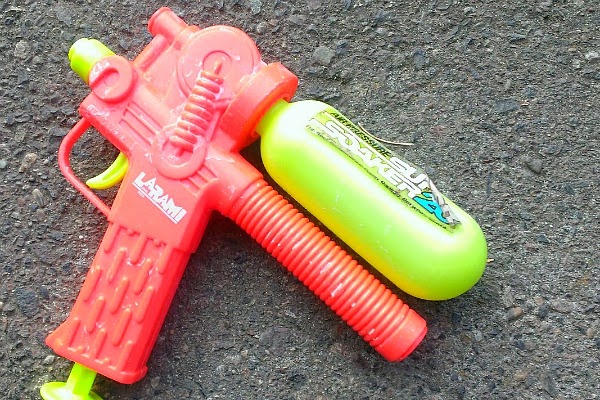My favorite day of the week is art day! This day was made even greater by the fact that I was back to teaching art in the art/science room, so the kids can do what they do best while learning art: be messy!
Since I didn't have an
art cart today, I was able to spread out my art supplies for the day and have everything handy for the 3 lessons.
(Just a side note to once again apologize to Mr. Vaugh for the floor situation left behind by little learning hands. I cleaned up the best I could, but the tech people needed the room after me :-)
Kindergarten - Cheetah Collage
Objective - To give students the opportunity to practice their ripping skills and drawing large shapes. Second, to practice using glue with toothpicks (not too much, not too little, just right).
For the lesson today, we used white oil pastels on black construction paper to draw out a cheetah body. We wanted to have the cheetah fill up the entire page, so we practiced a few times to get the body and head big big big.
After we had the body outlined, the children were given two colors of yellow construction paper and shown how to rip it into stripes, and then smaller squares. It was a lot of fun to see a room full of children being given permission to go crazy ripping paper.
Once the paper was ripped, I told them that artist sometimes use all kinds of devices to create art, such as a toothpick that can be found in their kitchen. The kids were given dabs of glue and show how to use the toothpick as a "brush" to add it to the paper.
I also briefly mentioned positive and negative space, since we'll need to leave the black background paper showing in our cheetahs, to represent its spots.
Unfortunately, the kids did not finish their cheetahs, but the teacher has promised time in the afternoon for them to complete. I will post some photos of the completed cheetahs as soon as I am able, but this is what they had done when they left art:
And here are some images of the cheetahs as they were being created
1st Grade - Owl Lead Painting
Objective - Drawing from teacher lead instruction. Also recognizing the unique characteristics that define an owl.
Since we did crazy looking animals last time, I wanted the children to have a lesson that was completely lead by guidance. This gives them a chance to follow along with step by step instructions, in an easy to understand format (comparing body parts to shapes). It also allows them the chance to create something that everyone else is also drawing, but still have it look unique.
For this lesson, I gave them five tempura paint colors (brown, black, yellow, gold, and blue) and taught them how to mix paints to get different shades. Since I didn't include white, I didn't want to bring up tints, instead having them just look at the new colors that were mixed together.
We also talked about planning ahead and keeping your mixing circles on your plates very small, since you'll need room for all the different mixtures we'll be making.
Once they got their paper, brushes, and paper towels we were off!
We started by drawing an oval for the body, two circles for the eyes, a leaf for the wing(s), a big triangle for the back tail feathers, two small triangles for the legs, 3 C's at the end of each legs for claws and finally, a triangle for the beak.
The children were shown how to make the markings for the feathers in the middle, and a few had fun mixing up new colors that really showed originality.
Once the owls were done, the children were told to wipe off their brushes with the paper towel (no water needed, since we had stayed in a similar color range to this point) and to paint the background blue.
I think we ended up with some gosh darn cute looking owls, if I do say so myself:
5th Grade - Block Letter Design
Objective - Students will focus on positive space by adding patterns and designs within the negative spaces between repeated block letters of their name.
Since we had learned about positive and negative space with our Leluja cutting from two weeks ago, today for the fifth graders I decided to reteach the lesson, but this time using block printing. I think this lesson was easier for them to understand, now that they have grasped the concept of what positive/negative space is.
First we folded our 8 1/2 x 11 painting paper in half, then half again, continuing to do so until we had 16 squares. The kids were told to start in the upper left hand and use oil pastels to draw each square for a letter in their name, repeating the same name until the last square.
To create the look of the negative space, they could only pick one solid color for their letters, but were allowed free reign on any of the white space left behind. They also had to fill up the entire square with a block letter, touching as much of the four corners of the square as possible, trying to make the letters blend into each other.
As usual, the fifth graders are the most talkative bunch I teach, so not all of them completed their work. However, those that did finish, really got into their creations and did a great job:
Till next time, keep drawing!












































